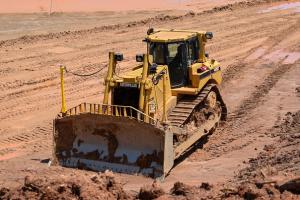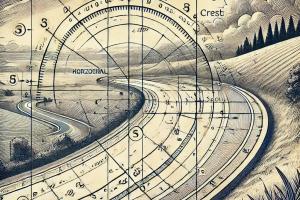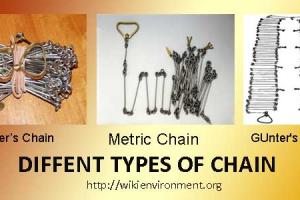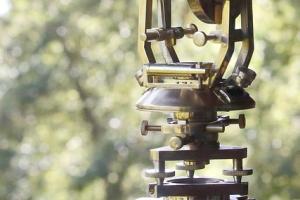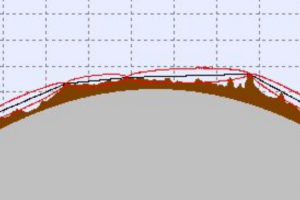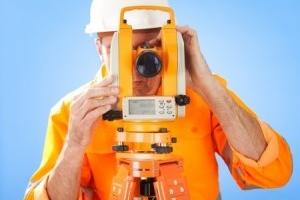Stereoscopy - Stereoscope and Types of Stereoscope
Monocular Vision:
Monocular visions is seeing with one eye.
Binocular Vision:
Binocular vision is seeing the same object with both eyes is at one time.
Steroscopic Viewing:
It is defined as observing the object in SD, a process requiring a person to have normal binocular vision. A person with vision in only one eye can not see stereoscopically. If figure two eyes are separated y a distance ‘b’ called eye base or intraocular distance (65mm or 2.6//).
Combined image of a and as seen left and eyes appear to fuse at ‘M’ while images of b and b1at n. The distance MN is the stereoscopically depth and is the measure of the height of A over B. Φ1 and Φ2 are the paralytic angles. Stereoscopic depth depends upon the diff between Φ1 and Φ2 i.e, on the sum of angles and made at the left and right eyes respectively.
If two photographs of the same obj are taken form two diff perspective or camera stations, the left print (photo) seen with the left eye and the right print seen with the right eyes simultaneously, a mental impression of the three dimensional model results.
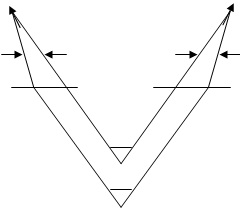
Steroscope:
Any device which facilitates stereoscopic observation is a stereoscope. There are two main types of stereoscope:
- Lens or prism stereoscope
- Mirror stereoscope
Lens or Prism Stereoscope:
In it two lenses or narrow angled prisms are used. In mirror stereoscope mirrors are used. It allows greater area of the photograph to be covered.
FLIGHT PLANNING:
In order to obtain stereo pair every part of the ground to be surveyed must be photographed at least twice. To achieve this aero plane flies in strips and takes photographs with a 60% fore and aft overlap. To secure the 50%min needed for coverage overlaps the abjection strip by 30% to make sure that no part of the gourd is left unrecorded often called side overlap. This fore and aft overlap insures stereoscopic coverage along the strip with some coverage along the strip with some margin for error; two adjacent photographs taken in this way are called the striper. The flying height depends on the following factors.
- The scale of the map or plan.
- The type of country flat or mountainous.
- The contour interval in the map
- The characteristics of the camera i.e focal light.
- The type of aero plane available
Information commonly calculated in flight planning includes:
- Flying height above mean sea level
- Dist b/t exposure
- No of photograph per flight line
- Dist b/t flight lines
- No of flight lines
- Tot no of photographs.
A flight plane is prepared based on these items:

Photographs Required:
The tot no of photograph req to cover the area to be surveyed may be determined as follows:
Let,
Lp = length of photograph in an or inches in the dir of flight.
Wp = width of photograph in cm or inches # at right angles to dir of flight.
Ol = percentage of longitudinal over lap
Ow = side
Lg = net ground dist corresponding lp in ‘m’ or ‘miles’
Wg = -------------------------------------------------------
Wp = in ‘m’ or ‘cm’or ‘miles’
S = scale of photograph (1cm = 5cm)
N = no of photograph required
Ap = Net are of each photograph in sq’m’or sq two
Ag = Area of ground to be served -------------------
Lg = S.Lp ( 1-O2)
Wg = S.Wp (1-Ow)
Net ground area covered by each photograph = Ap = Lg x Wg
No of photograph required = N = ![]()
Theoretical no of strips = ![]()
Actual no of strips = K + 1 “ one stripe cover is added to cover the sides”
Theoretical no of photograph / strip = ![]() = M
= M
Actual no of photograph / strip = M + 1
Actual no of photograph for compel coverage of area = ( K + 1) ( M + 1)




